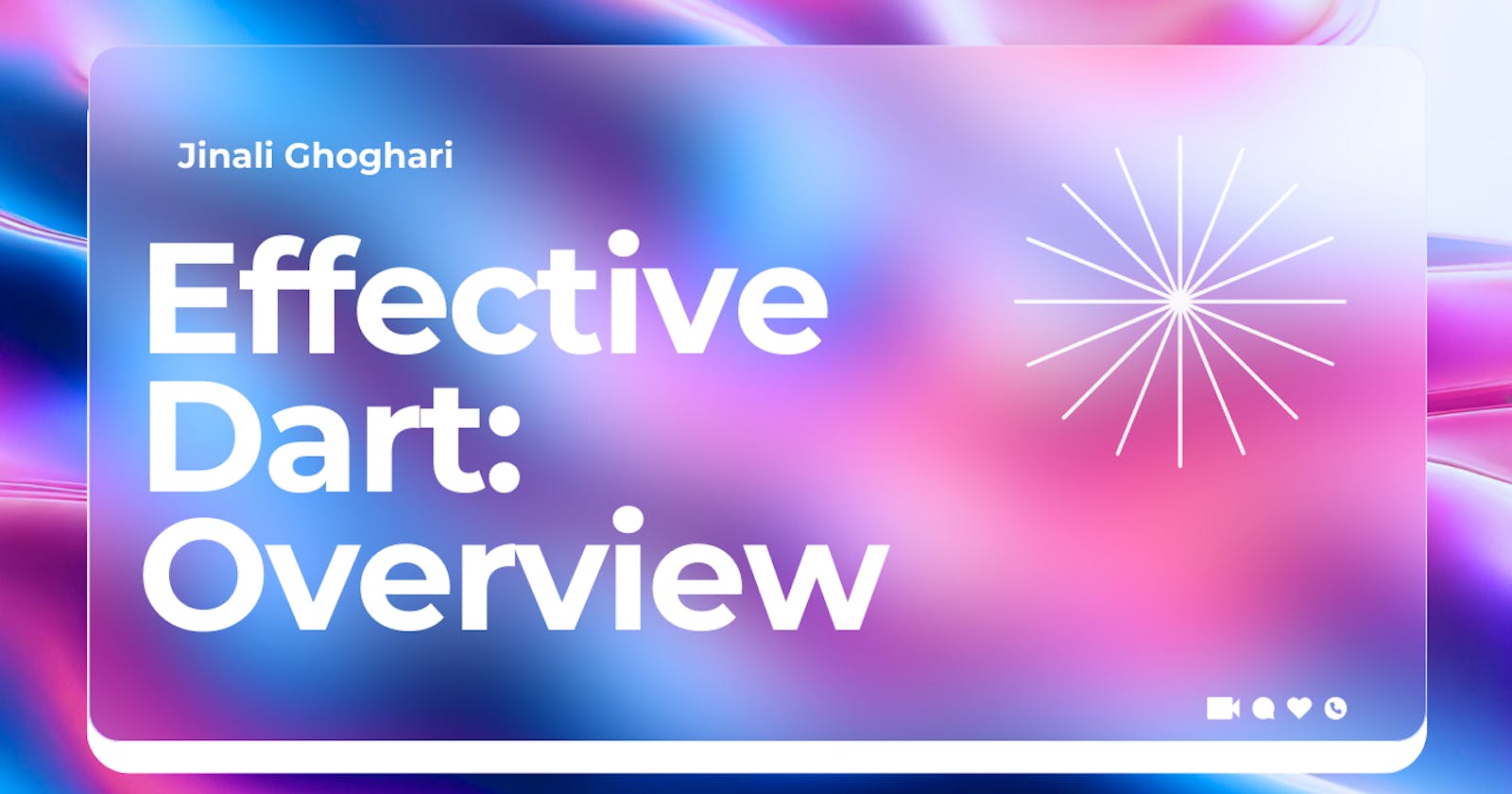Welcome to the world of Dart! Whether you're a seasoned developer or just starting out, understanding the principles of Effective Dart is essential for writing clean, efficient, and maintainable code.
What is Effective Dart?
Effective Dart is a set of guidelines and best practices for writing Dart code that is clear, efficient, and idiomatic.
The goal of Effective Dart is to establish a common set of rules that help Dart developers produce high-quality code that is easy to read, understand, and maintain.
Why is it Important?
Adhering to Effective Dart principles offers several important benefits:
Readability: Consistent code style and naming conventions make your code easier to read and understand, even for developers who are new to the project.
Maintainability: Well-structured code is easier to maintain and modify over time. Effective Dart encourages practices that reduce complexity and enhance code maintainability.
Performance: Some guidelines focus on performance optimizations, helping you write Dart code that runs efficiently and scales well.
Collaboration: When everyone on a team follows the same set of guidelines, it fosters better collaboration and reduces friction during code reviews.
Key Principles of Effective Dart
Let's highlight some key principles covered by Effective Dart:
Naming Conventions: Descriptive names for classes, variables, functions, and constants improve code readability.
Formatting: Consistent indentation, line length, and spacing make code easier to scan and understand.
Error Handling: Use exceptions judiciously and handle errors gracefully to prevent unexpected program behavior.
Documentation: Document public APIs clearly using comments and adhere to doc comment conventions.
Performance Considerations: Optimize performance-sensitive code by avoiding unnecessary object allocations and minimizing computational overhead.
Package and Dependency Management: Follow guidelines for managing packages and dependencies to ensure compatibility and stability.
How to Apply Effective Dart in Your Projects
To start applying Effective Dart guidelines in your projects:
Read the Official Documentation: Familiarize yourself with the official Effective Dart guidelines available on the Dart website.
Configure Linter Rules: Use tools like
dartfmtanddart analyzewith appropriate linting rules enabled to enforce Effective Dart guidelines automatically.Learn by Example: Study well-maintained Dart projects or libraries to see how experienced developers apply Effective Dart principles in real-world scenarios.
Practice Regularly: Apply the guidelines consistently in your own code and seek feedback from peers during code reviews.
